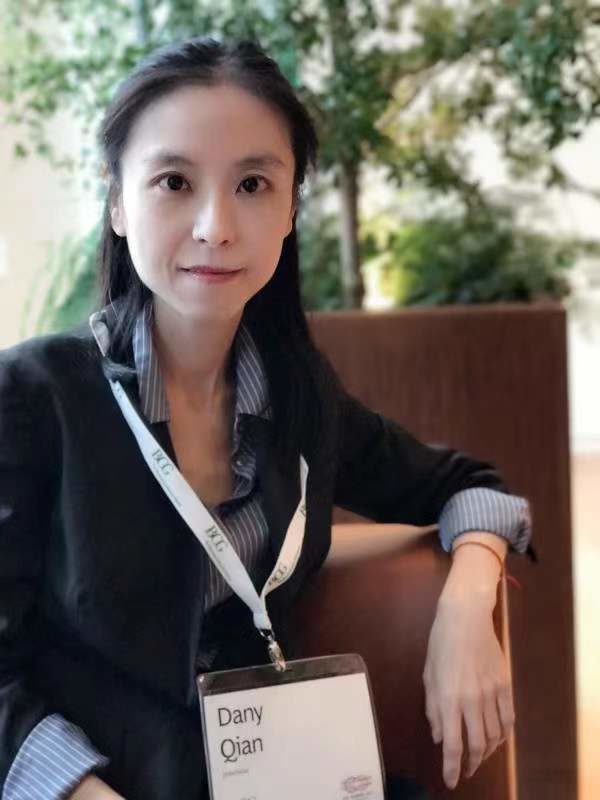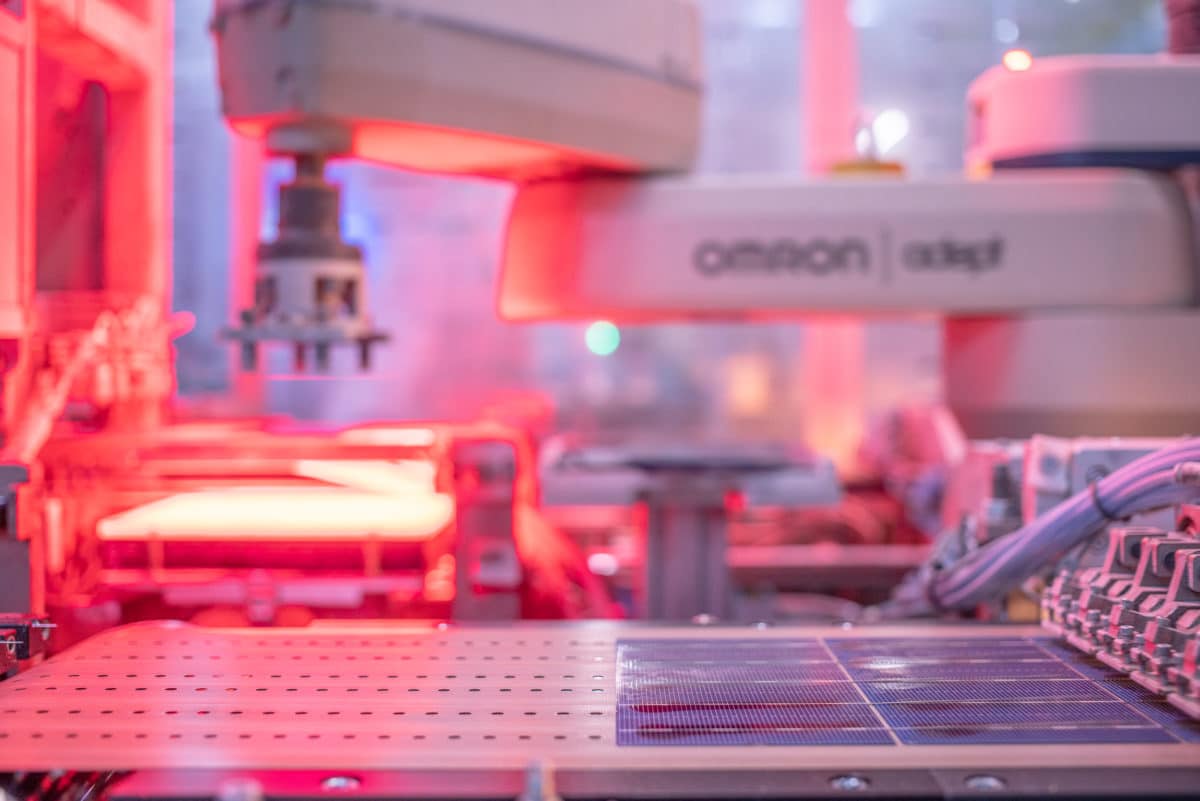pv magazine: How would you characterize the 2021 solar PV market?
 Dany Qian, Vice President, JinkoSolar: We expected that the polysilicon shortage would continue throughout 2021; however, we underestimated the seriousness of the situation. Added to this issue were rising logistics prices, constraints on containers due to the continued impact of Covid-19, and tightened control on the electricity supply of manufacturers in China, all of which contributed to supply chain turmoil and rising costs.
Dany Qian, Vice President, JinkoSolar: We expected that the polysilicon shortage would continue throughout 2021; however, we underestimated the seriousness of the situation. Added to this issue were rising logistics prices, constraints on containers due to the continued impact of Covid-19, and tightened control on the electricity supply of manufacturers in China, all of which contributed to supply chain turmoil and rising costs.
Since 2020, rising costs across the solar supply chains have impacted the PV installation market. How has Jinko been specifically affected?
We faced manufacturing cost challenges in 2021, specifically for materials and logistics which impacted our profits and forced us to make some upward cost adjustments. However, we continued to work closely with our customers to secure supply and deliver on cost improvements.
What does Jinko think about tunnel oxide passivated contact (TOPCon) and heterojunction (HJT) solar technologies?
JinkoSolar will keep on investing to support the manufacturing and R&D of cutting-edge N-type technologies. Our capital investment decisions are based on two key disciplines: technology leadership, and flexible, responsive manufacturing.
In addition to solar cells, what other technologies will Jinko focus on in module production?
The replacement of the PV module aluminum frame with a strengthened steel frame will be one option, to increase the mechanical load capabilities of module products.
How do you view the building-integrated PV (BIPV) market?
The BIPV market is booming. From a supply perspective, the greatly increased efficiency of BIPV roofs and facades is driving the application. For example, JinkoSolar’s BIPV tile and fascia reach up to 21% efficiency which is higher than the average 16% seen in other conventional BIPV products. Furthermore, costs are significantly dropping thanks to scalability.
From a demand side, the carbon neutrality goals of both countries and businesses are helping to grow the market. BIPV is one of the most feasible and land-saving solutions for the deployment of solar PV.
In terms of your PV sales, how does China fare versus internationally? Which overseas solar markets are most important for Jinko?
The Chinese market comprises about 30% of our sales. Emerging markets are increasingly growing, including South Asia, Southeast Asia, Latin America, Europe, and the U.S. Here, demand is continually robust and will see a huge jump once logistics and supply chains normalize.
What are Jinko’s current PV production capacities? Will you expand them and are there any plans to build any more factories overseas?
Our current capacity comprises 31 GW of wafers, 19 GW of cells, and 36 GW of modules as of September 30, 2021. By the end of 2021, we will grow these to 32.5 GW of wafers, 24 GW of cells, and 45 GW of modules.
We have not ruled out manufacturing expansion into other regions. But we currently have no concrete plans other than those announced. Overall, China will continue to be the primary focus for JinkoSolar, and both our R&D center and most of our PV production will continue to be located there.
What new PV products does Jinko plan to launch in 2022?
Our newest product, the Tiger Neo 620W PV module represents the most advanced N-Type TOPCon technology. Compared to passivated emitter rear contact (PERC) products, it will deliver an average of 3% more generation yield. More power per panel and more kWh per watt combined with significantly improved reliability under any real-world conditions makes it more valuable for PV project owners.
Our capacity planning is based on the long-term demand profile underpinned by the solar industry megatrends. We are seeing stronger engagement from more customers with N-type TOPcon. And we work closely with our customers to plan capacity. Thus, we'll focus our investments on advanced rather than mature technologies.
The globalization of a company is often accompanied by a series of internal adjustments to adapt to the external environment. What is Jinko’s experience in this regard?
Today, every globalized company is facing persistent geographical tension. We must be more careful, conservative, and responsive to be more adaptive to the changing environment.
How do you expect the 2022 solar PV market to develop?
In our long-term forecast, we expect to see strong demand and we are preparing our manufacturing capacities to meet this. We also see that technology leadership can tackle many supply and demand challenges, and overcapacity will only occur for low-efficiency products.
We do expect structural demand to continue. But the shortage of polysilicon will continue throughout 2021 and may extend into 2022. Logistic pricing and constraints on containers could be another critical issue for next year’s market.
This content is protected by copyright and may not be reused. If you want to cooperate with us and would like to reuse some of our content, please contact: editors@pv-magazine.com.



7 comments
By submitting this form you agree to pv magazine using your data for the purposes of publishing your comment.
Your personal data will only be disclosed or otherwise transmitted to third parties for the purposes of spam filtering or if this is necessary for technical maintenance of the website. Any other transfer to third parties will not take place unless this is justified on the basis of applicable data protection regulations or if pv magazine is legally obliged to do so.
You may revoke this consent at any time with effect for the future, in which case your personal data will be deleted immediately. Otherwise, your data will be deleted if pv magazine has processed your request or the purpose of data storage is fulfilled.
Further information on data privacy can be found in our Data Protection Policy.